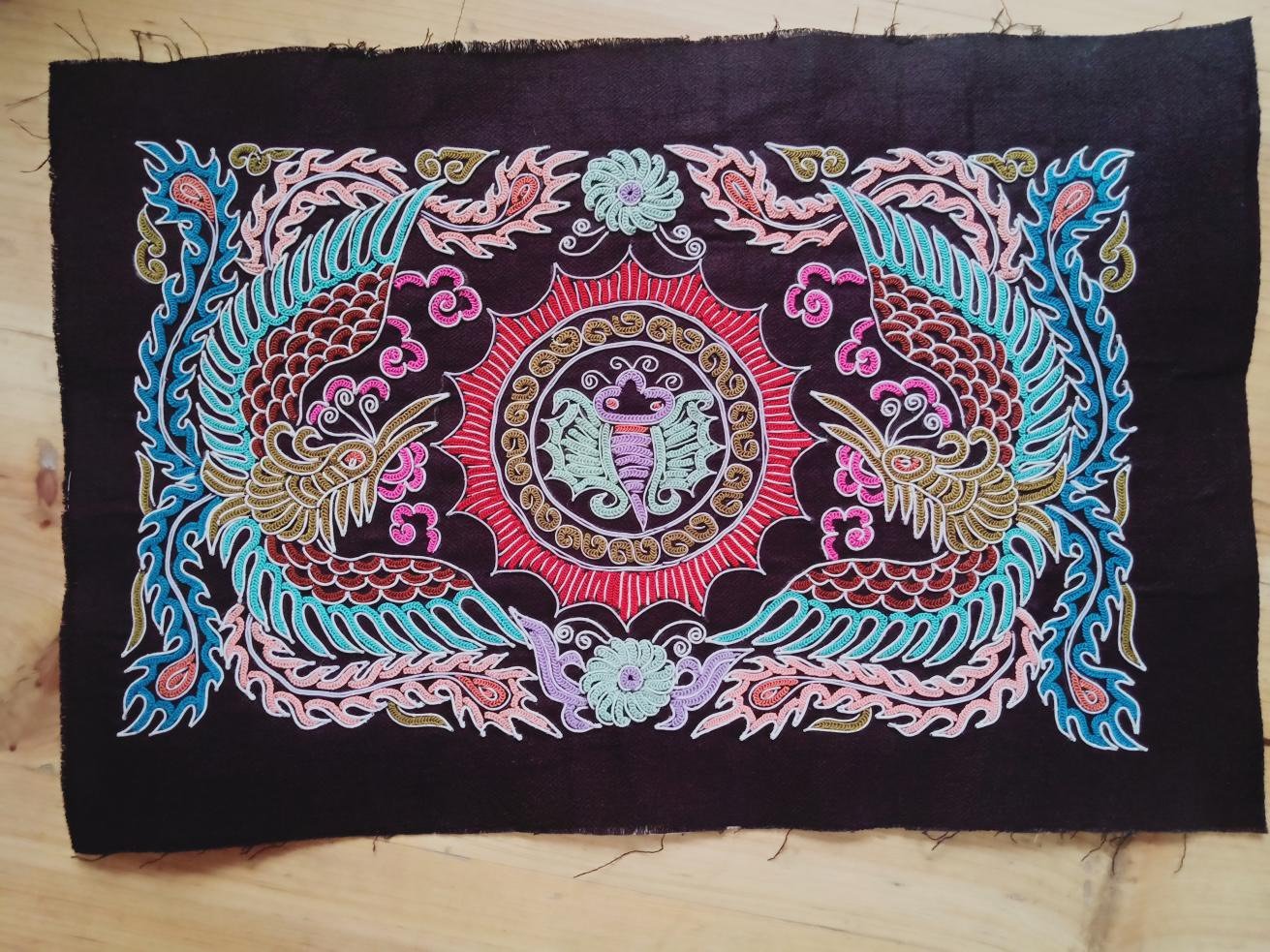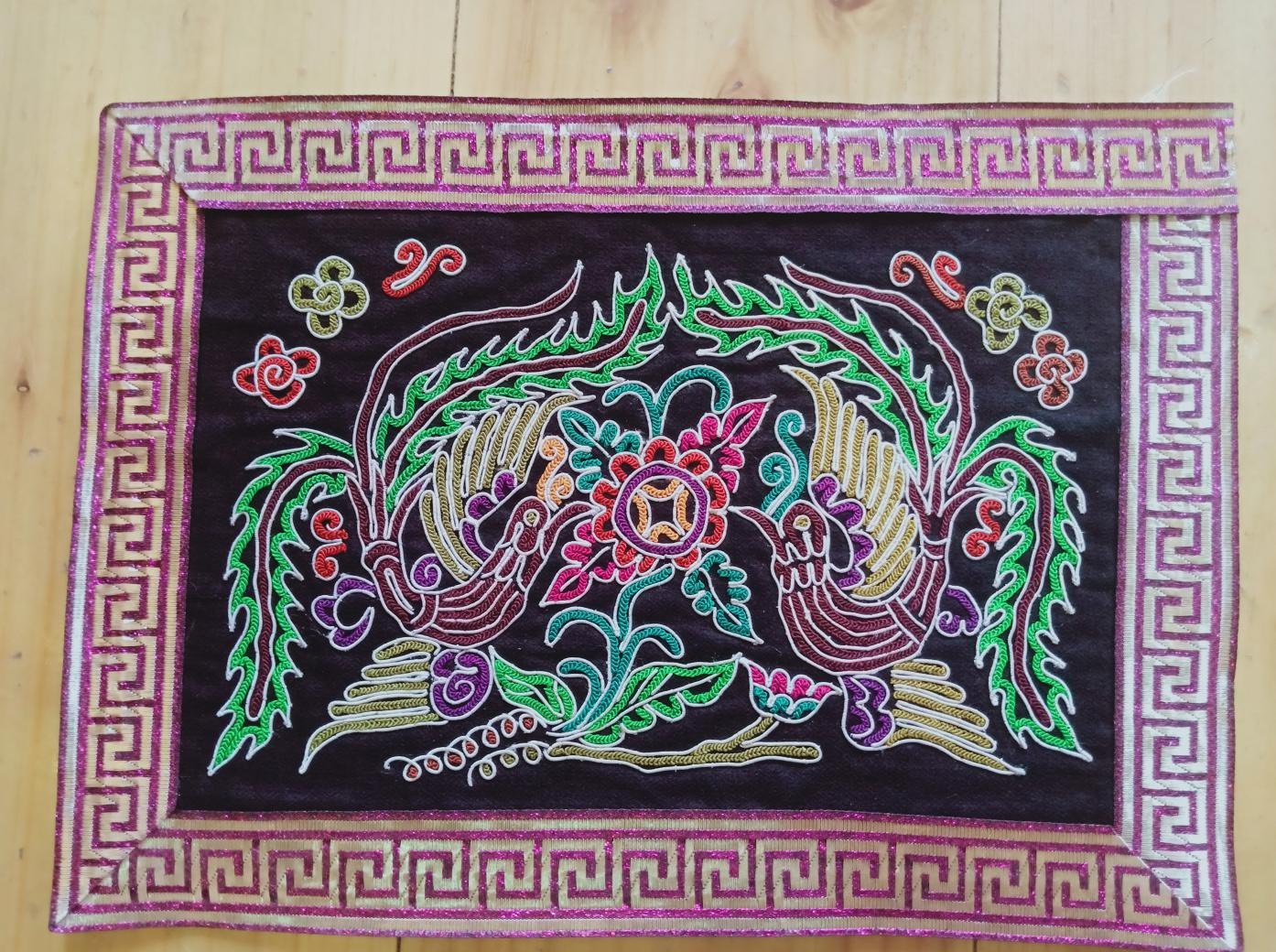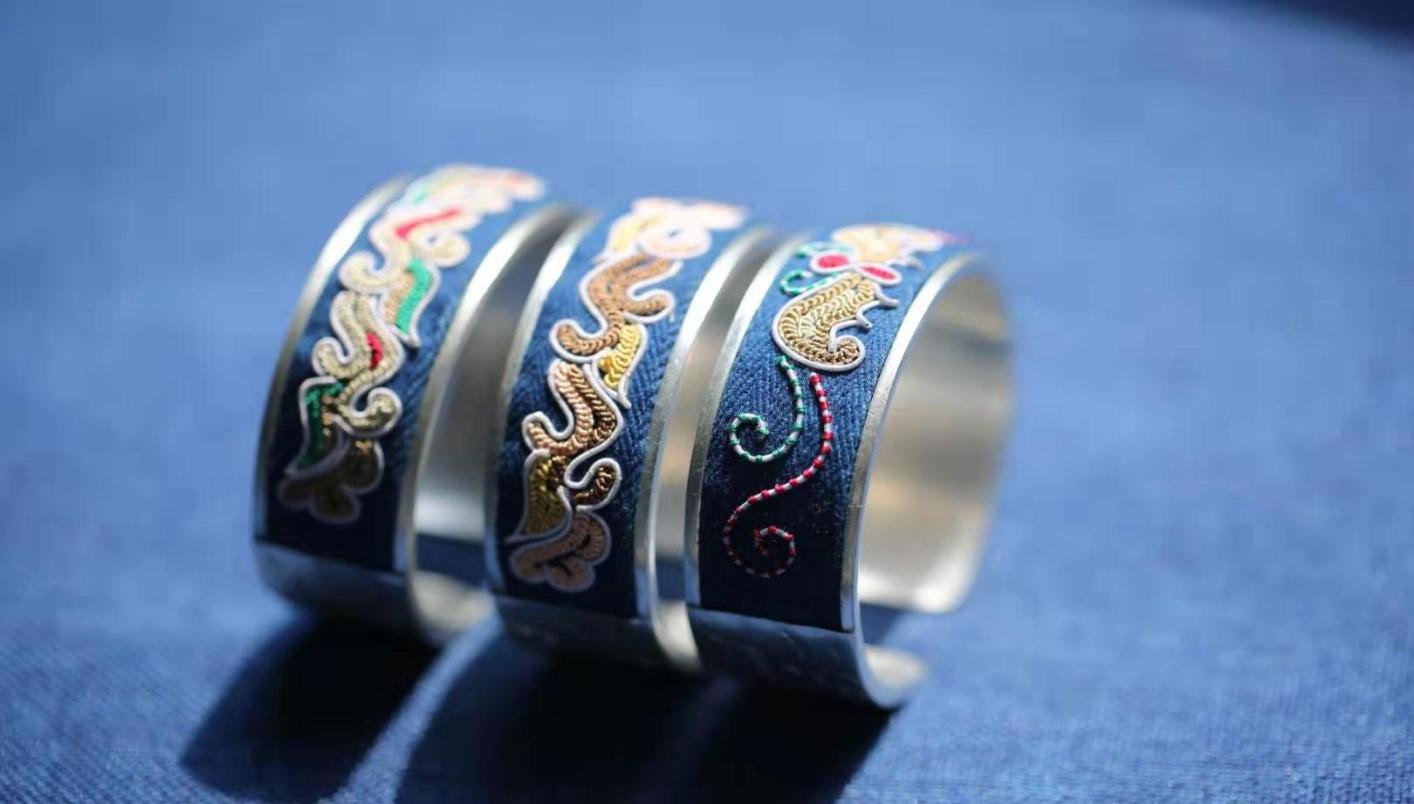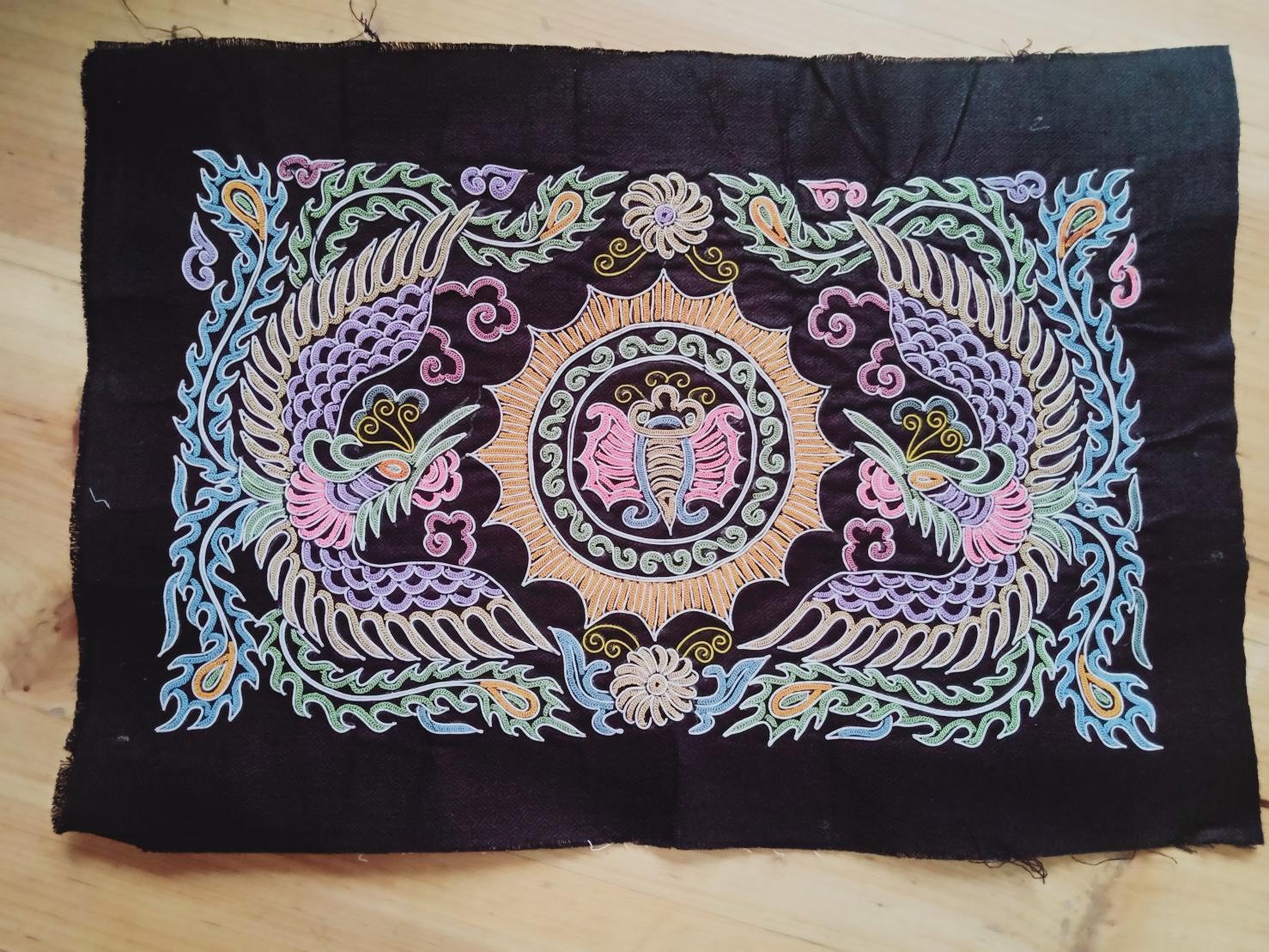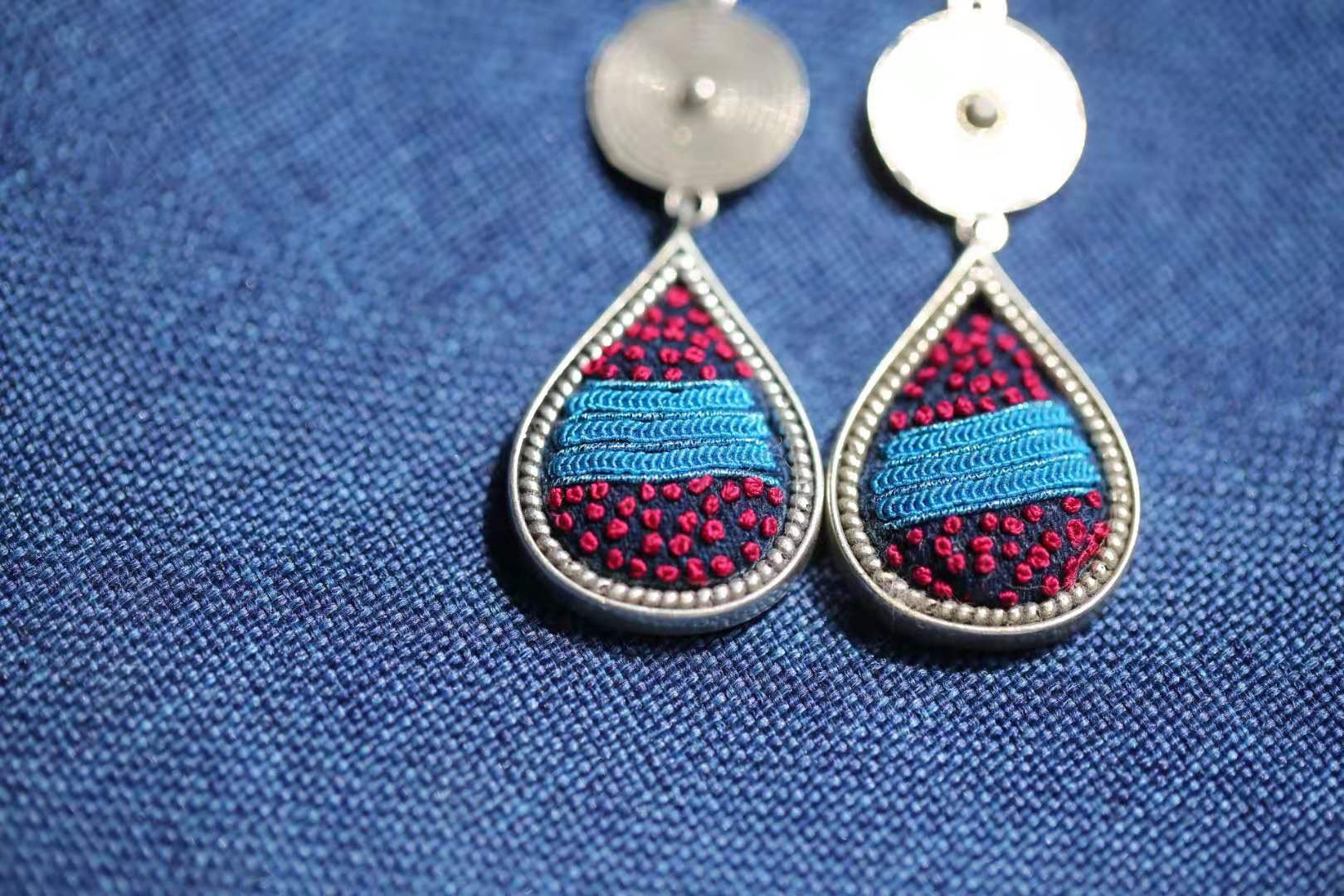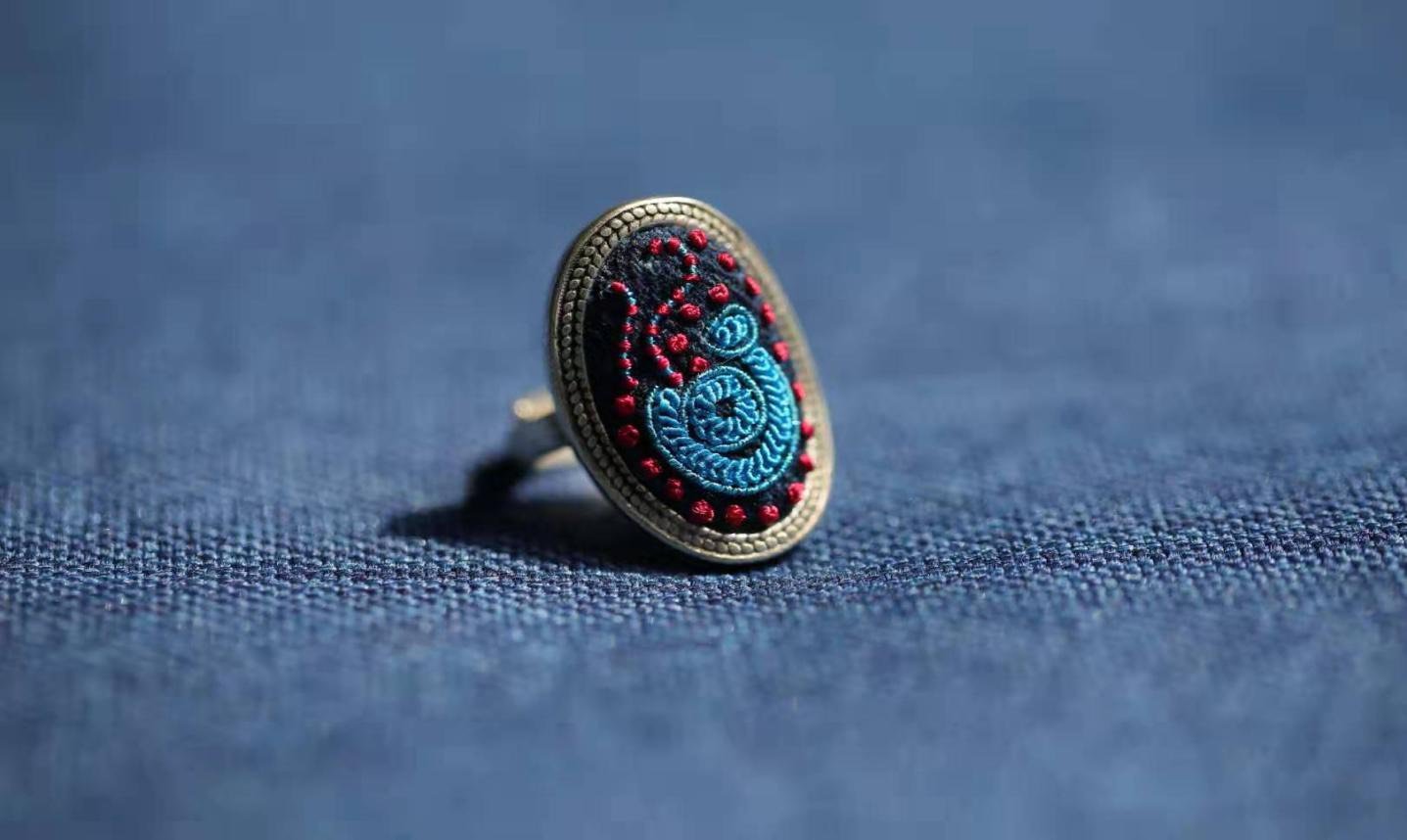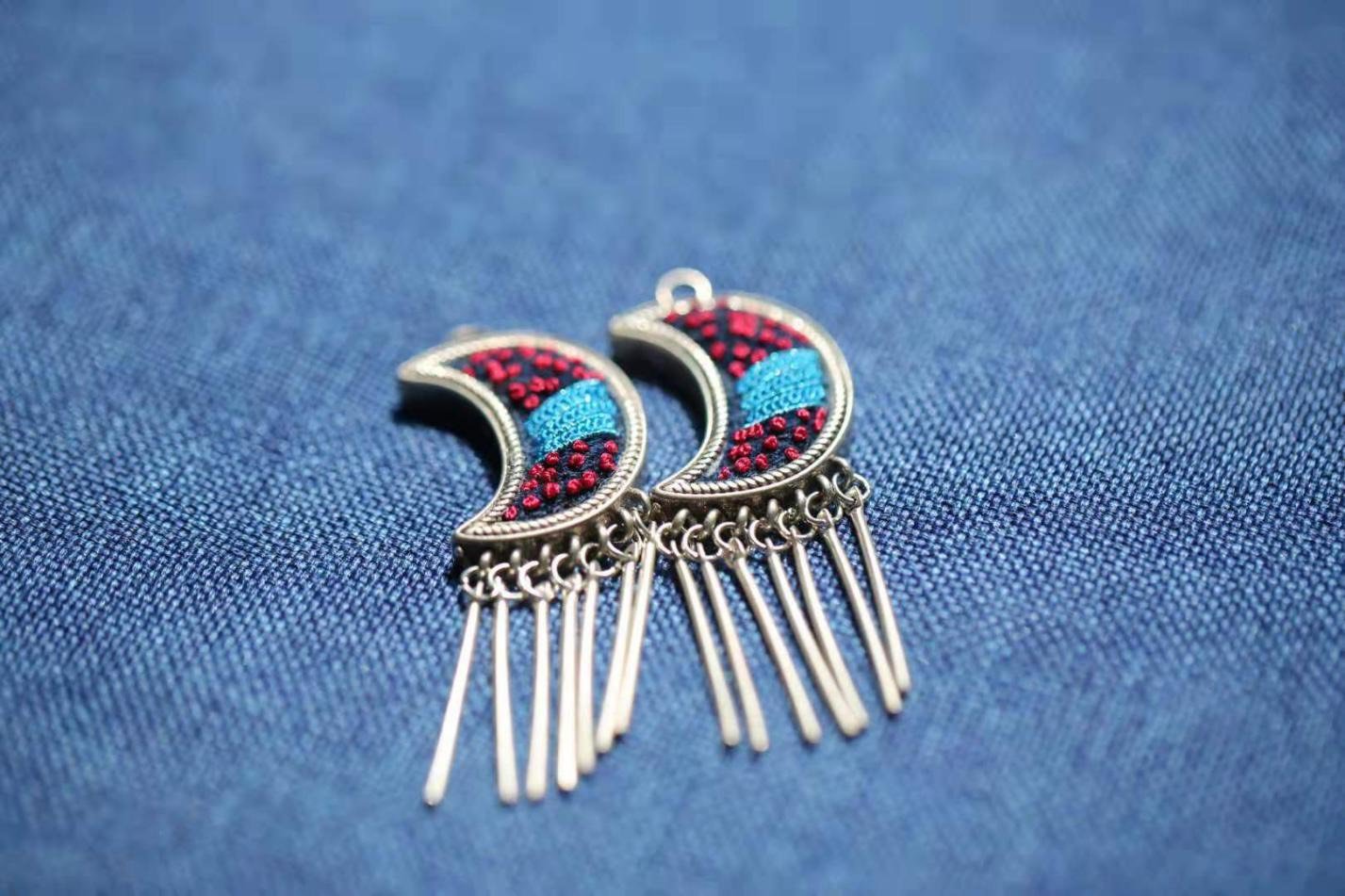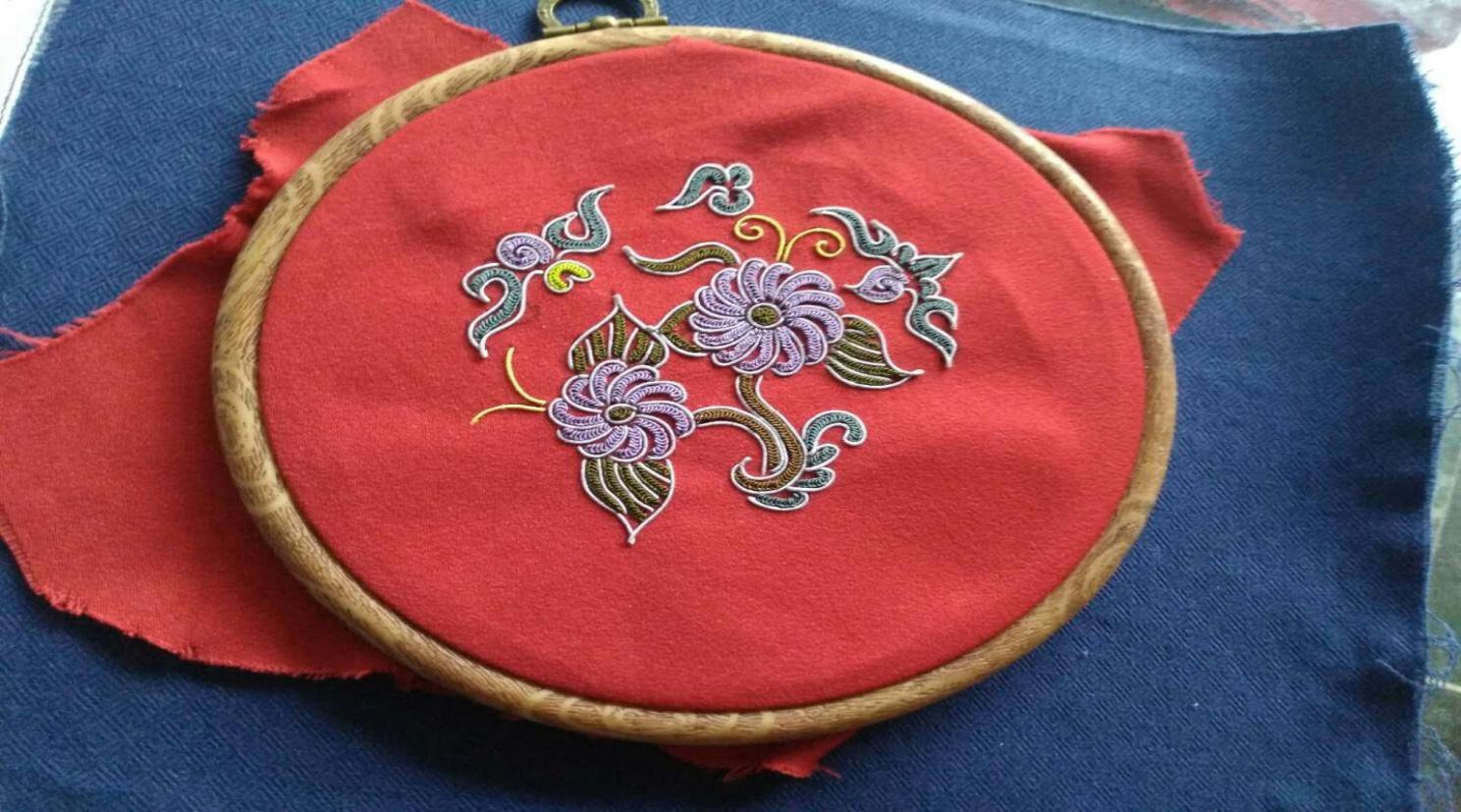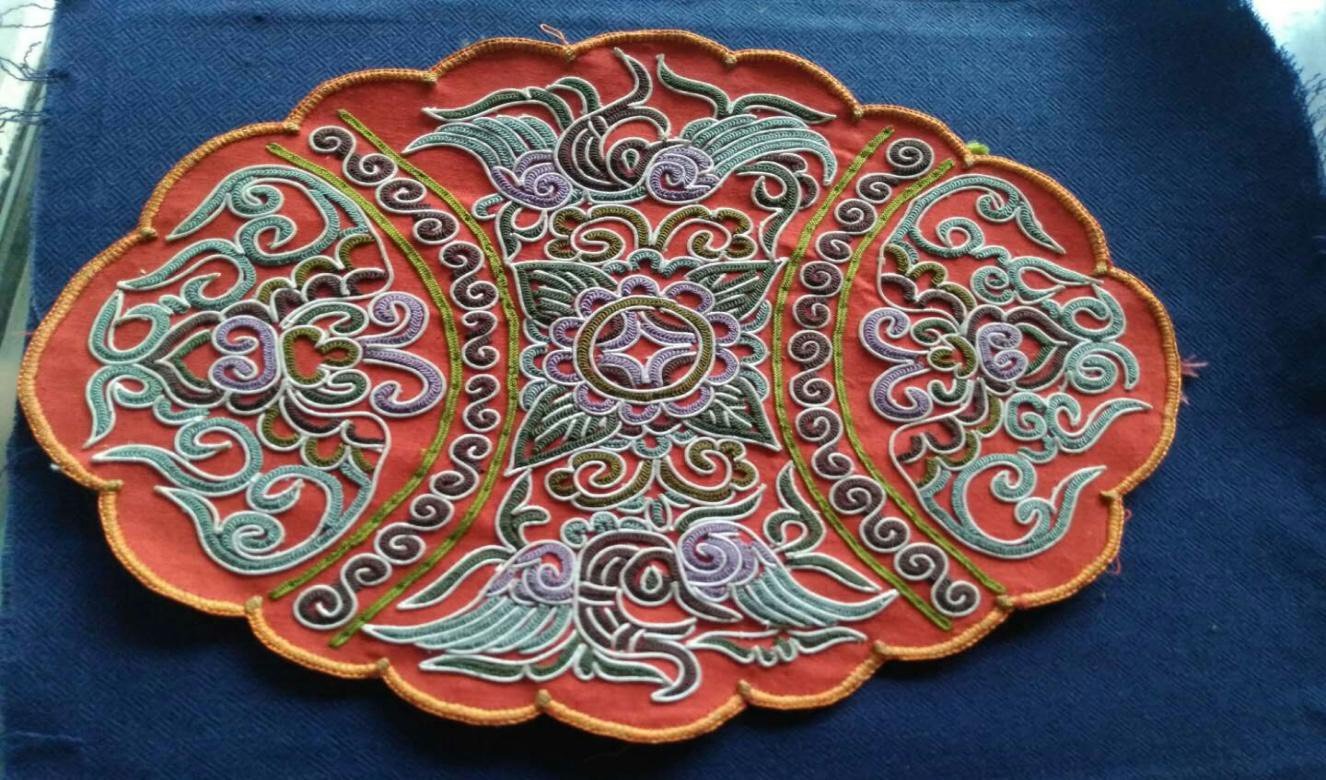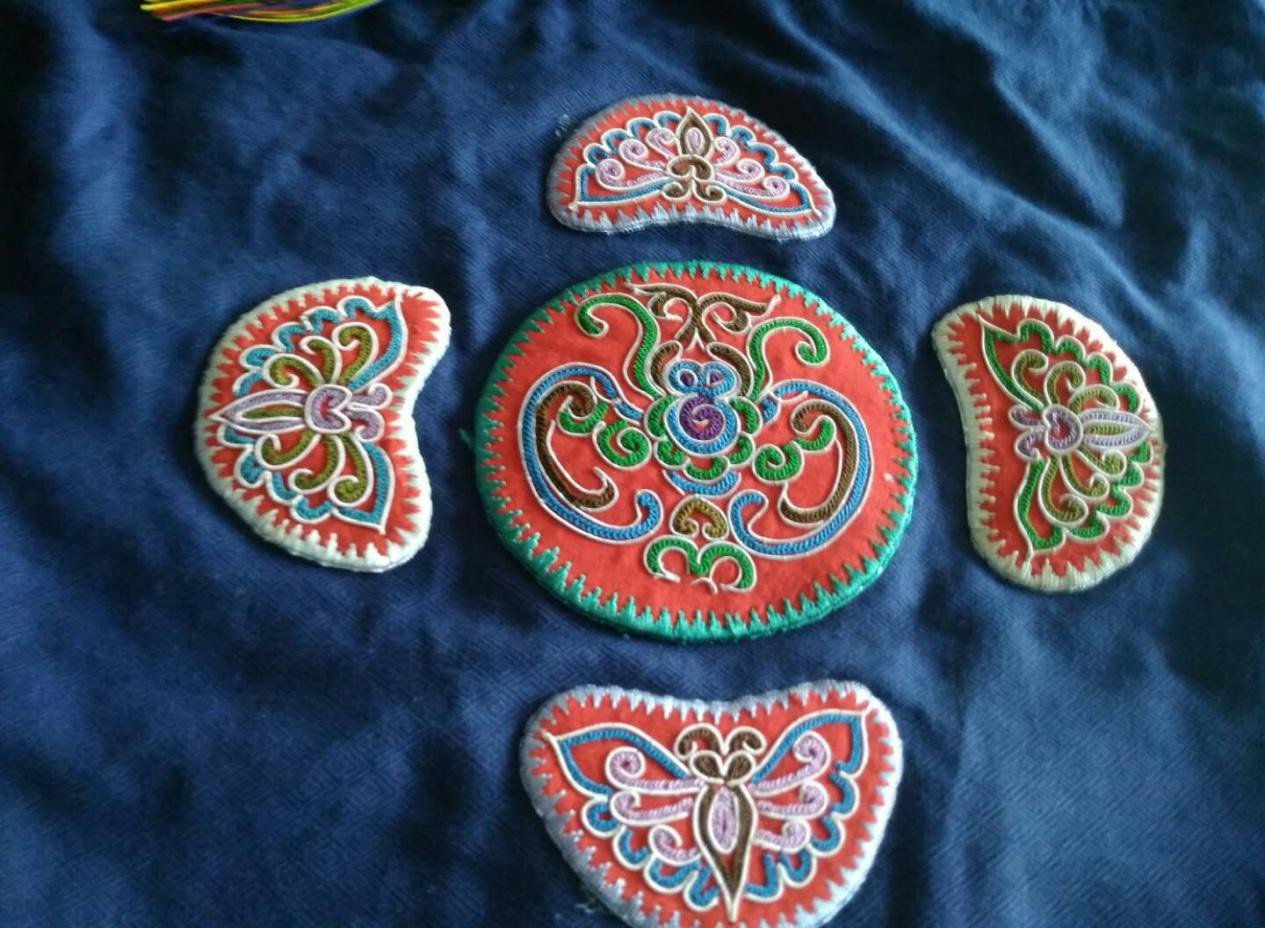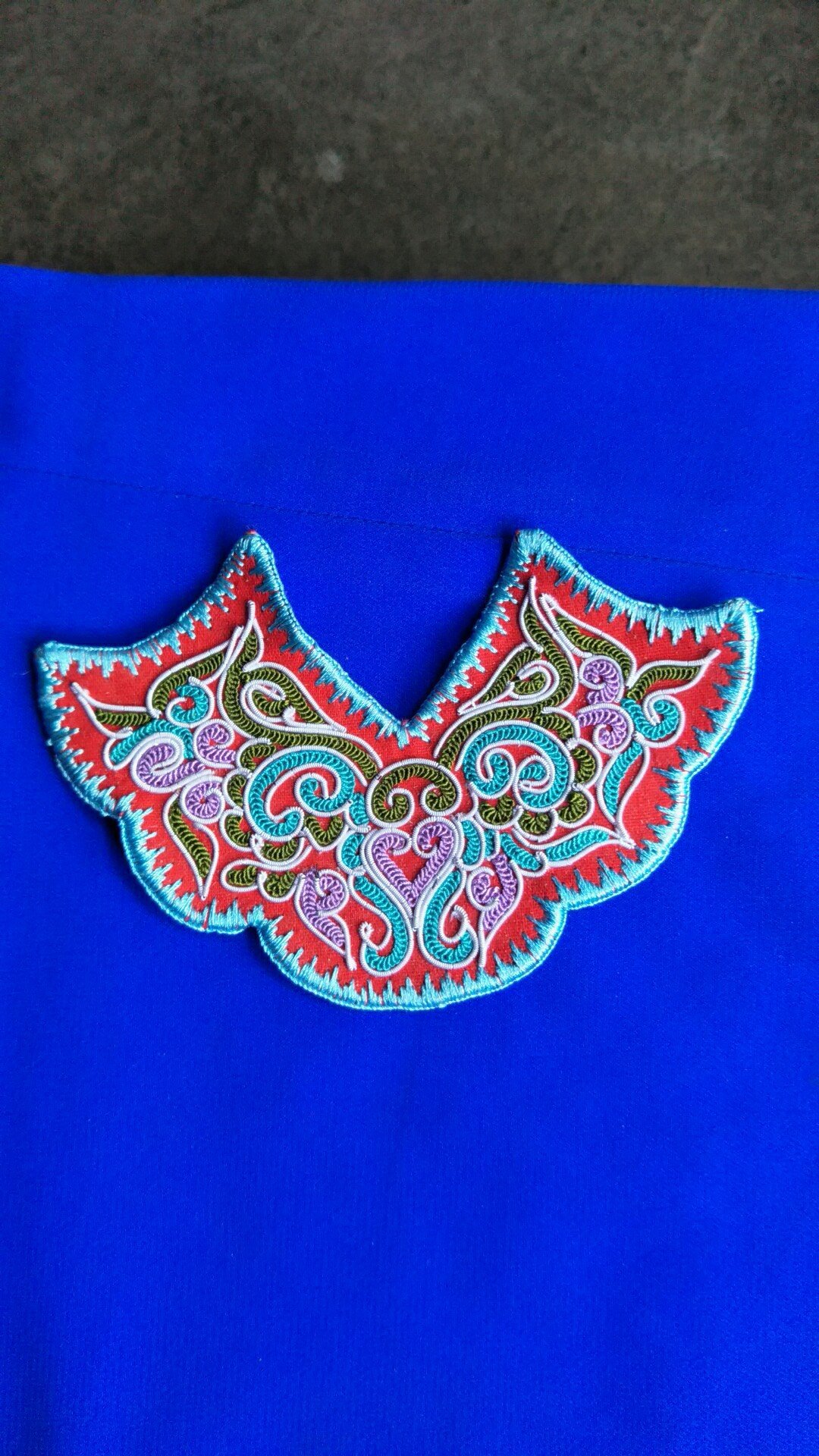DUNHUANG MURALS
- WITNESS A THOUSAND -YEAR HISTORY ON THE SILK ROAD BY TRACING THE MURAL ARTS -
A UNITED NATION WORLD CULTURAL HERITAGE SITE SINCE 1987
-
The Dunhuang Murals are a series of paintings, artworks, and sculptures on the inner walls of the Dunhuang Grottoes (敦煌石窟) in China. They are the largest existing murals in the world. They include 492 existing grotto groups, 45,000 square meters of murals, more than 2,400 painted sculptures, and more than 4,000 Dunhuang Flying Apsaras (飞天).
The most well-known grottoes include the Mogao Grottoes (敦煌莫高窟), the West Thousand Buddha Caves (西千佛洞), and the Anxi Yulin Grottoe (安西榆林窟). The Dunhuang Murals are visually rich, depicting the shifting and evolving cultures, religions, and stories of the region’s people, spanning 1,600 years between A.D. 366 up through the Yuan Dynasty (1271-1368). The Dunhuang Grottoes has been listed as a UN World Cultural Heritage site since 1987.
-
The content of Dunhuang Murals include six main categories: Buddha statue paintings, Buddhist story paintings (including Jataka stories, karma stories, Buddha biography stories, and Buddhist historical site stories), traditional Chinese gods and monsters, illustrations of Buddhist scripture, worshippers’ portraits, and various decorative paintings.
-
The Dunhuang murals embody the combination of Western and Chinese painting styles of that time. While the Dunhuang Murals’ craftsmen were trained in traditional Chinese art, their work evolved to establish a self-contained system of Chinese-style Buddhist art. Because of the unique art style that flourished there, the murals have become a highlight of The Silk Road history.








Conservation and dissemination in practice: Witness History by Tracing the Art:
With The Dunhuang Mural DIY Kit
Three contemporary craftsmen and art workers have spent years translating the complex mural elements into simplified, traceable color paintings. Through tracing and painting the art now, we can directly learn about the culture connected to the Dunhuang murals.
Painting Steps
1:Mixing the base color tone for the background on the picture. Use the thick brush and paint the clay/Chinese Xuan paper ( special made paper for traditional Chinese calligraphy and painting ) board with the base color. Wait for it to dry out. (This step might not be necessary to some painting kits, please check the demo video through the link for detailed instructions).
2: Use painting tape to fix tracing paper onto the clay board; clip carbon paper over the tracing paper (carbon side facing down)
3: Use the thin brush or our own pencil to trace the lines on the carbon paper through the tracing paper. The patterns will be printed on the clay/ Chinese Xuan paper board. Gently remove the carbon paper and check the patterns on the clay/ Chinese Xuan paper board if necessary. Do not move the tracing paper.
4: Mix colors according to the example card, you are free to use your own colors as well. (Use your own rinse container).
5: Use both thick and thin brushes where they are needed for the coloring process. Pay attention to the details so the colors are contained within the lines.
6: Dry out the clay/ Chinese Xuan paper board and frame it. Nice job!
Meet the Artists
-

Mr. Yongwei Du
Craftsman - National Level Representative in Dunhuang Colored Sculpture
Mr. Du is the founder of Dunhuang Mogaoli Village (莫高里工匠村), which is a local community gathering all Dunhuang history scholars and culture enthusiasts in discussing and hosting Dunhuang art-related events. Mr. Du has been working in Dunhuang art and sculpture for over 40 years. His great passion for Dunhuang art has led him to create a community which has organically attracted all interested groups to communicate the art freely at his Village. He believes that this is one way of keeping the art alive and passing it on to future generations. Since the Village opened in 2018, it has accepted over 65,000 visitors.
-

Mr. Ke Xia
Craftsman - Award-Winning Designer
Mr. Xia is an international award-winning designer and artist. He is the founder of Jue-Jiang Cultural and Creative Studio (绝匠文创), and a senior art advisor at various art institutes in China. His studio focuses on Chinese painting, calligraphy, and traditional art product designs. Under his leadership, his studio has won the medal award at 2021 Pentawards, a leading global platform for packaging design, the Best of Best prize in the prestigious Red Dot Design Awards, and the bronze award at the 2021 Italian A' Design Award. He also has experience working with over 30 museums in different regions.
-

Ms. Lan Yang
Architect and Designer
Ms. Lan Yang is an architect and the founder of Yi-Jun Cultural and Creative Studio (弋君工作室). Ms. Yang discovered her great passion for Dunhuang history and art when she visited the site for her architecture projects.
She is focusing on sharing traditional Chinese culture by creating and promoting educational videos on her social media platforms. Her content has been shared throughout over 30 countries and regions.
HORSETAIL HAIR EMBROIDERY
- TRADITIONAL ART FROM THE SHUI CHINESE ETHNIC GROUP -
DESIGNATED IN 2006 AS CHINESE NATIONAL INTANGIBLE CULTURAL HERITAGE IN ART
Are you interested in supporting entrepreneurial women from the mountainous regions of rural China? Are you interested in seeing pieces produced by master craftsmen from one of China’s ethnic groups? If you are, we are planning to share these works with you in the near future at our market locations. We are currently gathering support from interested market-goers.
The Shui (水; translates to “water” or ”aquatic”) is an ethnic minority group in China, where the population currently includes 56 such ethnicity. With the exception of Han Chinese, each of these ethnic groups represents a minority ethnicity and collectively represented 8.49% of the total population in China.
The Shui also call themselves "Sui" (睢), a homophonic pronunciation of “Shui" (水), despite the difference in written characters. The Shui developed their own customs, including literature based on their own history and culture composed in their indigenous language; their own form of currency; and religious beliefs that can be traced back a millennia before the Shui. The idolatry of the Shui people encompassed a god of Nature, of Ancestry, and of Spirit; the religious iconography of the Shui revolves around the image of a fish.
Horse-racing is a long-held tradition of the Shui, who also developed a technique for horsehair embroidery. This custom is one of the most well-established cultural exports. A highly specialized technique is used to embroider with horsehair—the same hair that is used traditionally for stringed instrument bows—to produce simple and elegant embroidery pattern in fixed frames. The durable horsetail hairs offer luster so deep that the pattern may even seem to be 3-D embossed onto the fabric. Despite its archaeological value as a thousand-year old cultural artifact of the greater Sandu Shui Autonomous County, horsetail hair embroidery remains very much in use today.
Meet the Craftsmen
-

Shuixian Song
Craftsman - National Level Representative
-

Yingli Wei
Craftsman - State Level Representative
-

Xiao’ai Pan
Craftsman - State Level Representative
-

Yucui Shi
Craftsman - State Level Representative
-

Taohua Wei
Sr. Craftsman - National Level Representative
